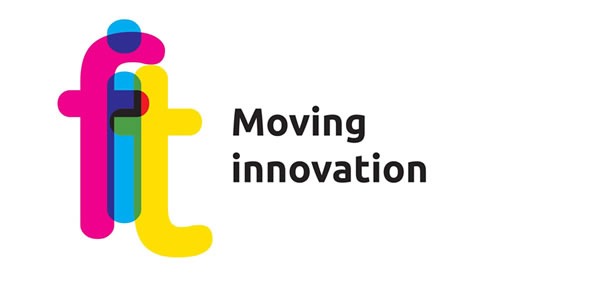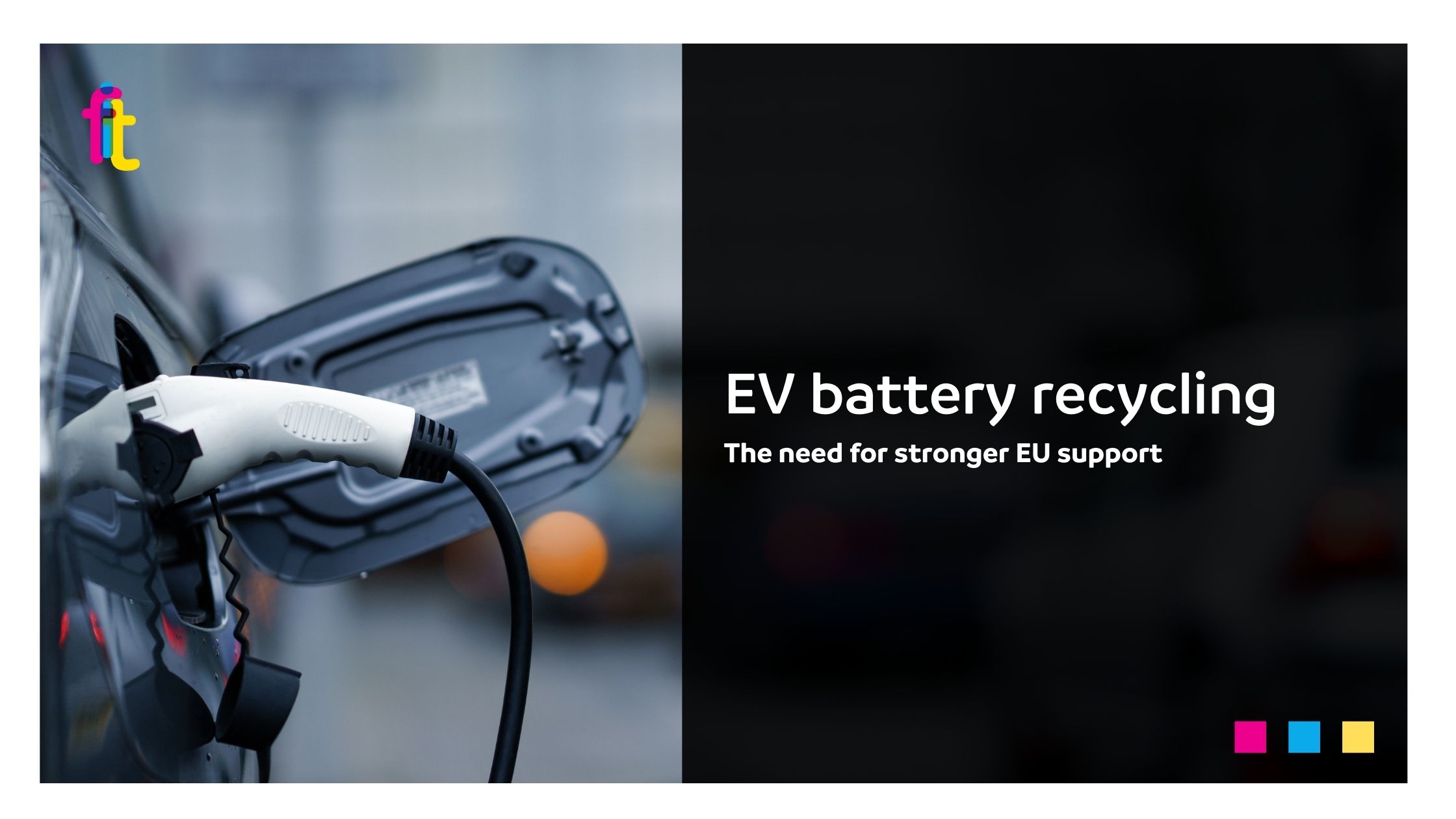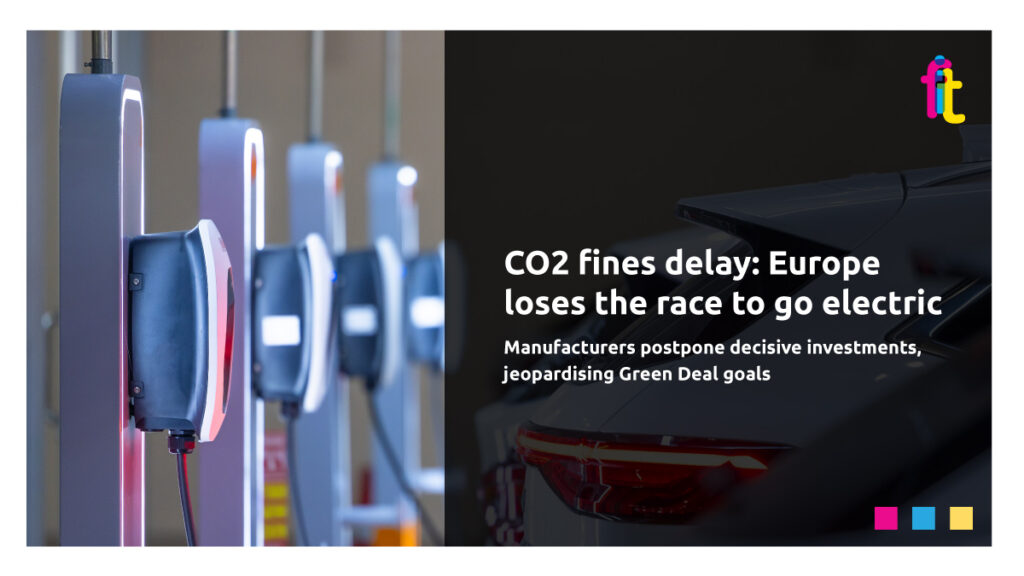Why EV battery recycling needs stronger EU support
According to recent research by Transport & Environment (T&E), recycled materials could, by 2030, supply enough raw materials to produce up to 2.4 million electric vehicles in Europe. This represents a major opportunity for the continent to move toward resource self-sufficiency while building a circular, low-impact battery supply chain.
Recycling battery materials locally could also cut the carbon footprint of lithium sourcing by up to 19%, largely thanks to Europe’s growing reliance on renewable energy. The economic benefits are equally compelling: developing a robust recycling industry in Europe would strengthen supply chains and generate thousands of new job opportunities.
Despite this clear potential, Europe is not yet prepared. Current recycling capacity falls short—ten times lower than what will be needed by 2030. More than 30 material recovery projects have been announced or launched, yet nearly half are stalled or at risk due to high energy costs, limited technical expertise, and a lack of sufficient financial backing.
To close this gap, T&E urges the EU to treat battery recycling as a clean technology in its own right, integrating strong support for circularity into future policy. EU and national funding programs should prioritize end-to-end material recovery initiatives, especially those aimed at scaling up commercial deployment.
Some major automakers, including Volkswagen and BMW, have already begun investing in recycling infrastructure, recognizing its strategic value. Technological advancements and economies of scale are making recycled materials increasingly competitive.
Meanwhile, innovation continues to pave the way: European universities and research centers are developing automated battery dismantling systems and advanced processes for material separation. Pilot projects in Germany and Sweden have achieved recovery rates exceeding 90% for key battery minerals—proof that the technology is ready. What’s needed now is decisive investment to turn this potential into reality






